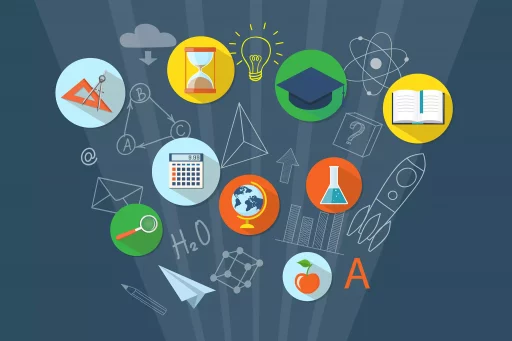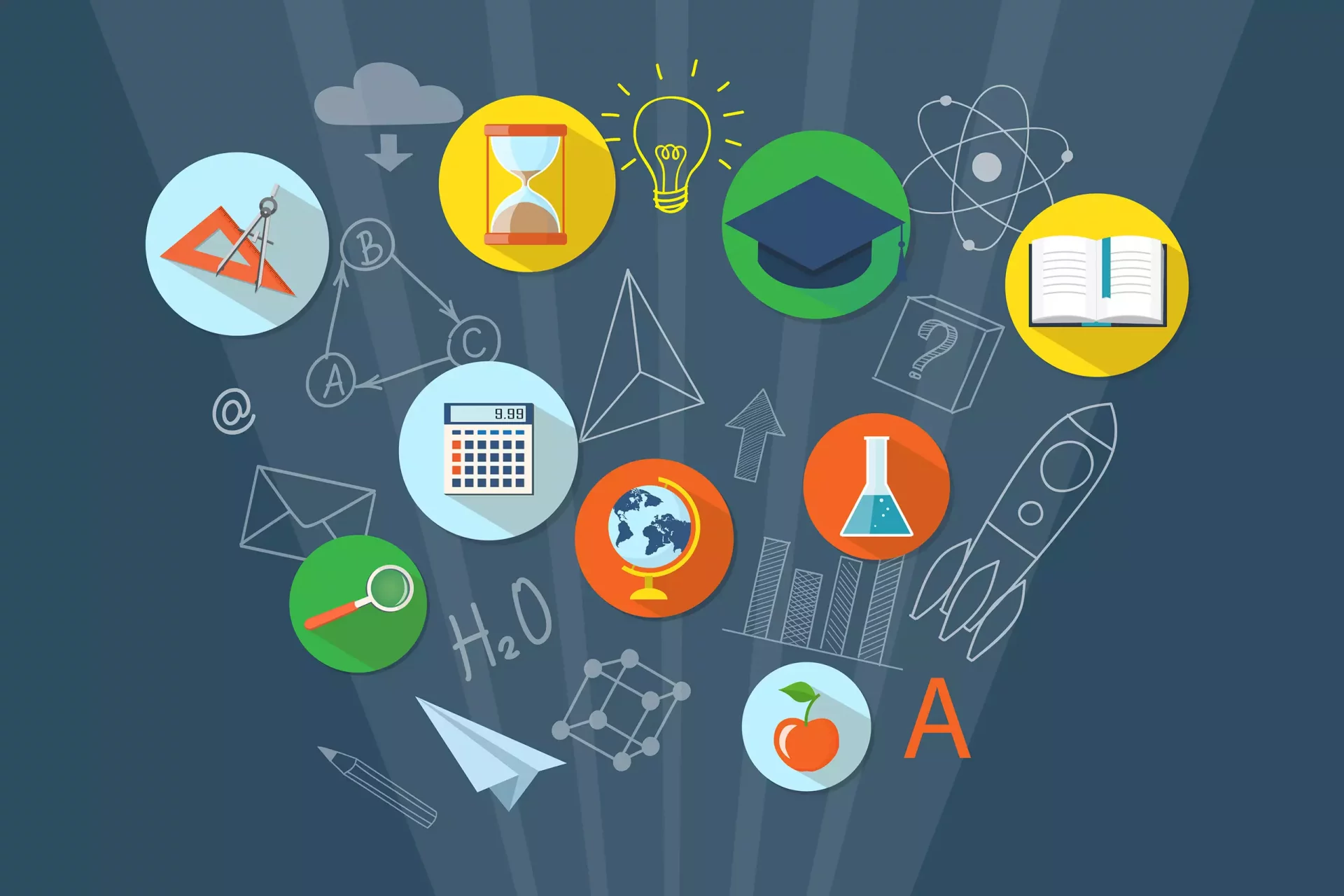What is a Snow Squall?
A snow squall is a sudden, intense burst of snowfall that typically lasts for a short period but can significantly reduce visibility and create hazardous conditions. Unlike a standard snowstorm, which may last several hours or even days, snow squalls tend to occur quickly and are often accompanied by strong winds, making them particularly dangerous for motorists and outdoor enthusiasts.
The Science Behind Snow Squalls
Snow squalls occur due to atmospheric instability when cold, dry air moves over warmer moisture-laden air masses. This interaction leads to the rapid development of snow showers. Snow squalls are usually characterized by:
- Rapid onset
- Intense snowfall rates of 1-3 inches per hour
- Strong, gusty winds
- Significant reductions in visibility, sometimes down to less than a quarter of a mile
Snow Squalls vs. Snowstorms
While both snow squalls and snowstorms bring snow, they differ significantly in duration, intensity, and impact. Here’s a comparison:
- Duration: Snow squalls last for minutes to a few hours, while snowstorms can persist for days.
- Intensity: Snow squalls feature intense, rapid snowfall, while snowstorms generally provide more consistent, lighter snow over time.
- Forecasting: Snow squalls can be challenging to predict because they can develop very quickly.
Impact of Snow Squalls
Snow squalls can create dangerous travel conditions, leading to accidents and disruptions. During a snow squall:
- Visibility can drop rapidly, causing drivers to lose control.
- Roads can become instantly slick and treacherous, increasing the chance of collisions.
- Outdoor activities can turn dangerously hazardous with little warning.
According to the National Weather Service (NWS), snow squalls can lead to an average of 200 vehicle accidents annually across the United States. Their unpredictability makes them particularly dangerous for drivers who may not be aware of the worsening conditions.
Examples and Case Studies
One of the most notable examples of a snow squall occurred on February 19, 2019, when a series of snow squalls impacted the northeastern United States. The event led to multiple accidents, including the infamous 50-car pileup on Interstate 84 in Pennsylvania. The impacts were exacerbated by intense wind gusts and whiteout conditions.
Another example can be found in a study conducted by the NWS, which examined a snow squall that hit a major city on December 15, 2020. The snow intensity reached up to 2 inches per hour, dropping visibility to less than 150 feet. This squall resulted in over 100 accidents in just a two-hour span, highlighting the danger of snow squalls.
How to Prepare for a Snow Squall
Being prepared can reduce the impact of snow squalls. Here are some tips to keep safe:
- Stay Informed: Use weather apps or local news to monitor snow squall warnings.
- Plan Travel Wisely: Avoid travel during forecasts of snow squalls if possible.
- Keep Emergency Kits: Maintain an emergency kit in your vehicle, including blankets, food, water, and a flashlight.
The Role of Technology in Forecasting Snow Squalls
The evolution of weather forecasting technology plays a crucial role in predicting snow squalls. Doppler radar systems can detect precipitation intensity and movement, helping meteorologists to issue timely warnings. Advanced weather models also allow forecasters to better understand atmospheric conditions that lead to squalls.
Data from the past few years show that timely notifications of impending snow squalls have increased by 20% due to improved technology and communication methods. This increase has significantly reduced the number of accidents by allowing commuters to plan ahead.
Conclusion
Snow squalls, while short-lived, can create severe weather conditions with significant consequences. Understanding their definitions, impacts, and differences from other snow events is vital for safety, especially during winter months. With the continuous improvement in weather forecasting technology, it is becoming easier to predict these phenomena, reducing risks and enhancing public safety.


